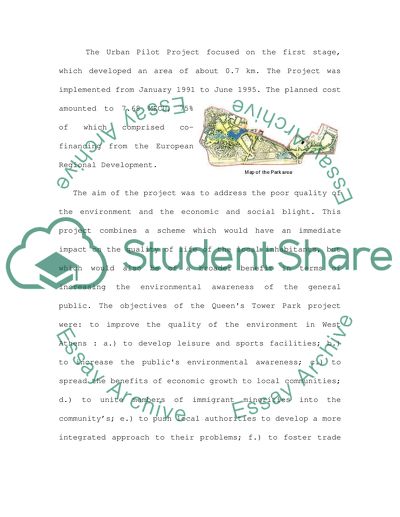Cite this document
(Analysis of the Athens Urban Regeneration Project Term Paper, n.d.)
Analysis of the Athens Urban Regeneration Project Term Paper. Retrieved from https://studentshare.org/social-science/1534163-landscape-regeneration-project-essay
Analysis of the Athens Urban Regeneration Project Term Paper. Retrieved from https://studentshare.org/social-science/1534163-landscape-regeneration-project-essay
(Analysis of the Athens Urban Regeneration Project Term Paper)
Analysis of the Athens Urban Regeneration Project Term Paper. https://studentshare.org/social-science/1534163-landscape-regeneration-project-essay.
Analysis of the Athens Urban Regeneration Project Term Paper. https://studentshare.org/social-science/1534163-landscape-regeneration-project-essay.
“Analysis of the Athens Urban Regeneration Project Term Paper”, n.d. https://studentshare.org/social-science/1534163-landscape-regeneration-project-essay.


